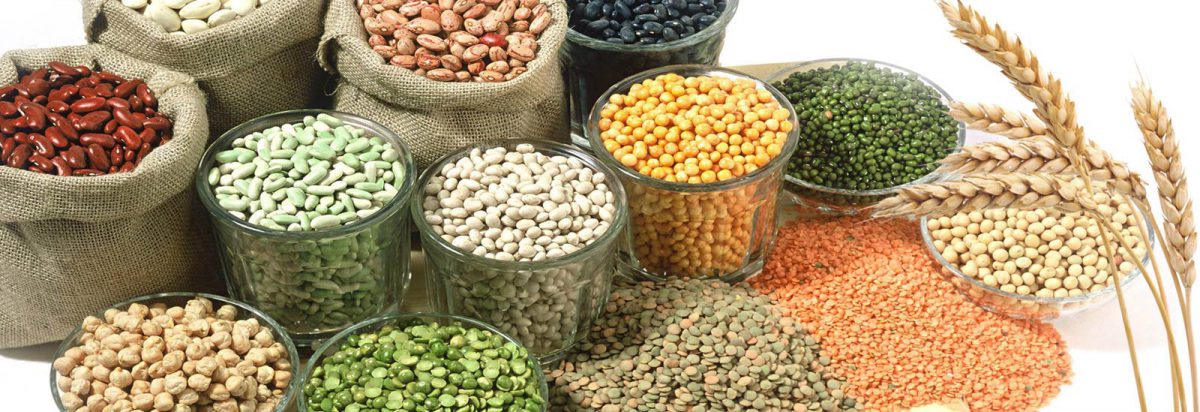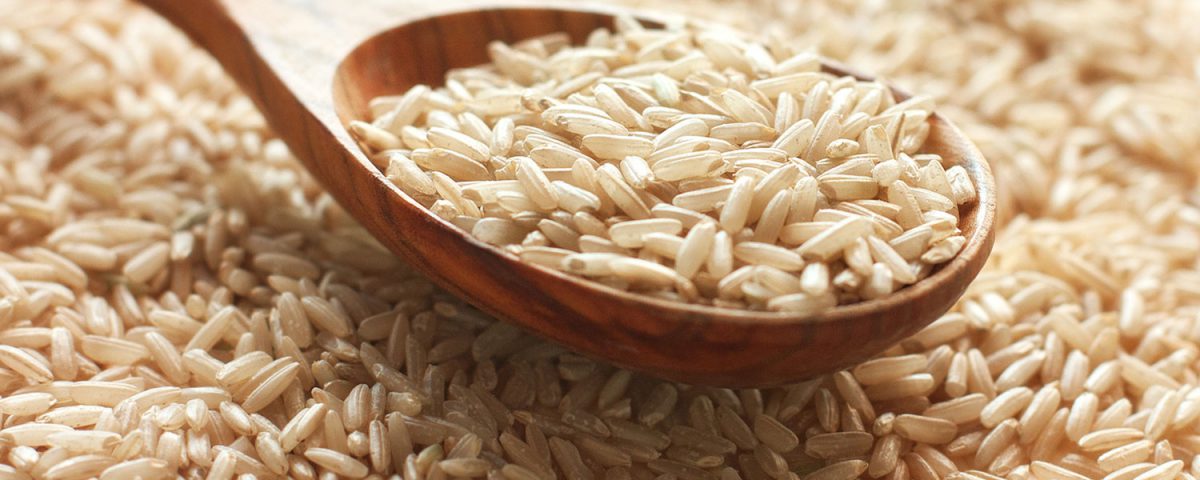Pulses, meaning Dals in Hindi comes in different types, each having their own advantages (and disadvantages). The special properties of Dals make it a staple diet across the Indian sub-continent. The most common food combination is Rice & Dal or Chapatti & Dal.
Moong Dal – It is the most common Dal found in our homes, they are yellow in color but only after they have been skinned from the original green color. Both are eatable, in fact the greener one has more vitamins. Easy to cook & digest, it has rich iron & potassium content.
Arhar/Tur Dal – A beige lentil with yellow insides, chances are this is pigeon pea. It’s the most popular Dal in India. It has huge fiber components that help in bowel movements.
Chana Dal – Also called split Bengal gram, it has a nutty flavor. Its adaptability makes it easy to cook with varieties of vegetables. If diabetes bites you, this will bite diabetes with rich minerals like copper & manganese.
Masoor Dal – Also Known as red lentils, it comes in two varieties: black (non-split) and red (split). It does not need soaking before cooking as it’s very soft. A Masoor Dal recipe with butter-top garnish & Chapatti is a delicious & healthy meal to eat.
Urad Dal – Having the richest concentration of proteins & Vitamin B, it has two variants: white (husked) and black. It is served well with Naans. The creamy white version has a milder flavor than its black counterpart.
Lobiya Dal – Cowpea as it is known in English is black-eyed peas due to a black colored dot at its center. It’s rich in proteins & zinc. They are famous for making curries, papads, fritter etc.
Matar – This is a whole dried pea which is a prominent ingredient in many Indian street foods like Chaat, Sevpuri etc. It has a mouth-watering taste with the right combination of products.
Kidney Beans – Kidney shaped with strong earthy flavor & a silky texture it’s eaten as a curry. The famous Rajma Chawal comes to mind, doesn’t it? Don’t forget to pre-soak and boil for 30 minutes to ensure a safe diet.
Chickpeas – This is of three variants: Chana (brown), Chhole (white), Cholia (green).
It is consumed post boiling after which it becomes soft as ever. It can be eaten as an evening snack with a garnish of onions, chilies, tomatoes, fresh coriander and lemons which taste as well as smell delicious! Also, one can enjoy Chhole Chawal (Rice & Chhole curry).
Hope this has helped you differentiate & understand the different types of Pulses. Stay tuned to get more updates & learn about this staple and special (for us Indians) diet.
 MAIL US :
MAIL US :
 CALL US :
>
CALL US :
>

